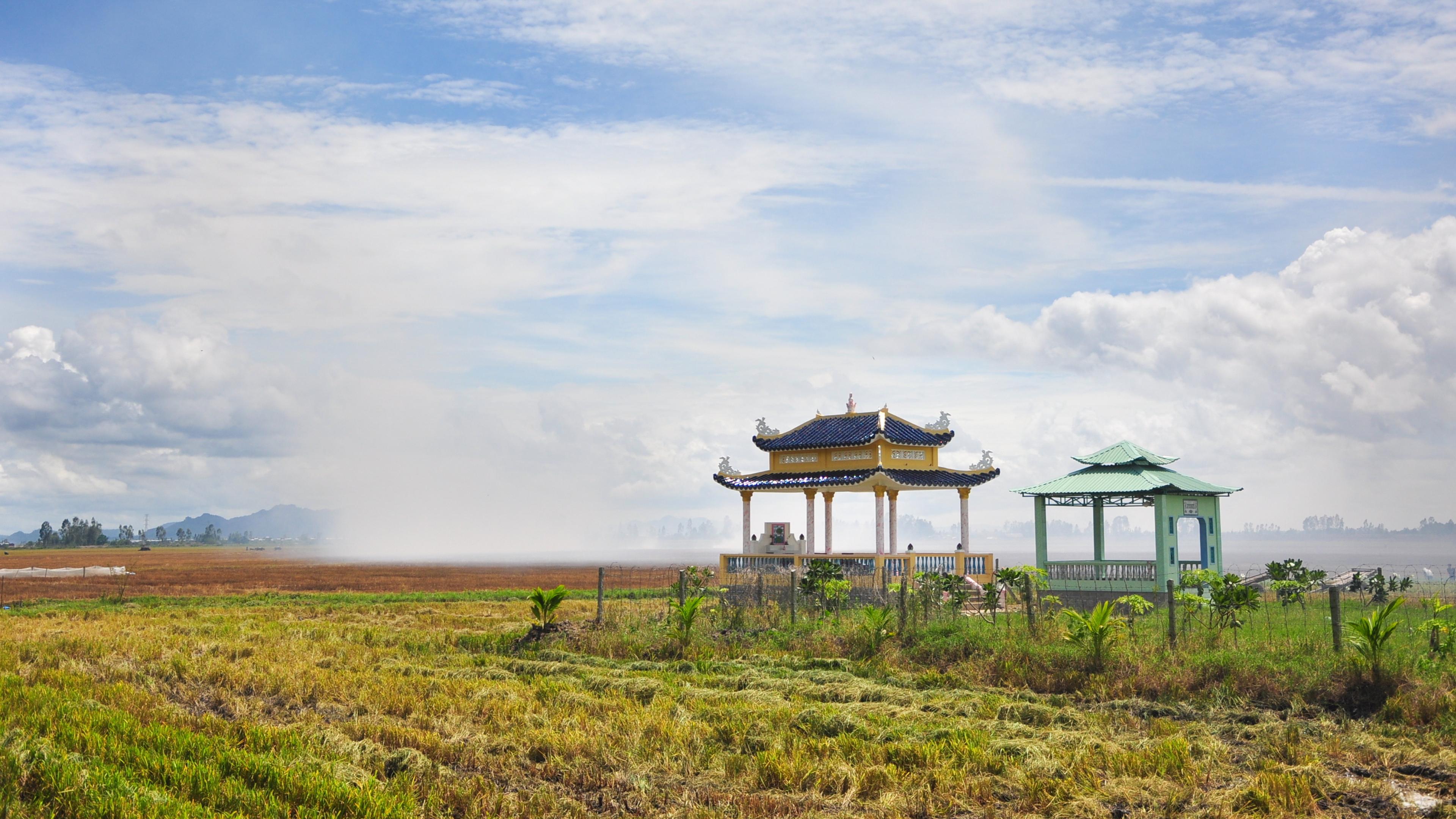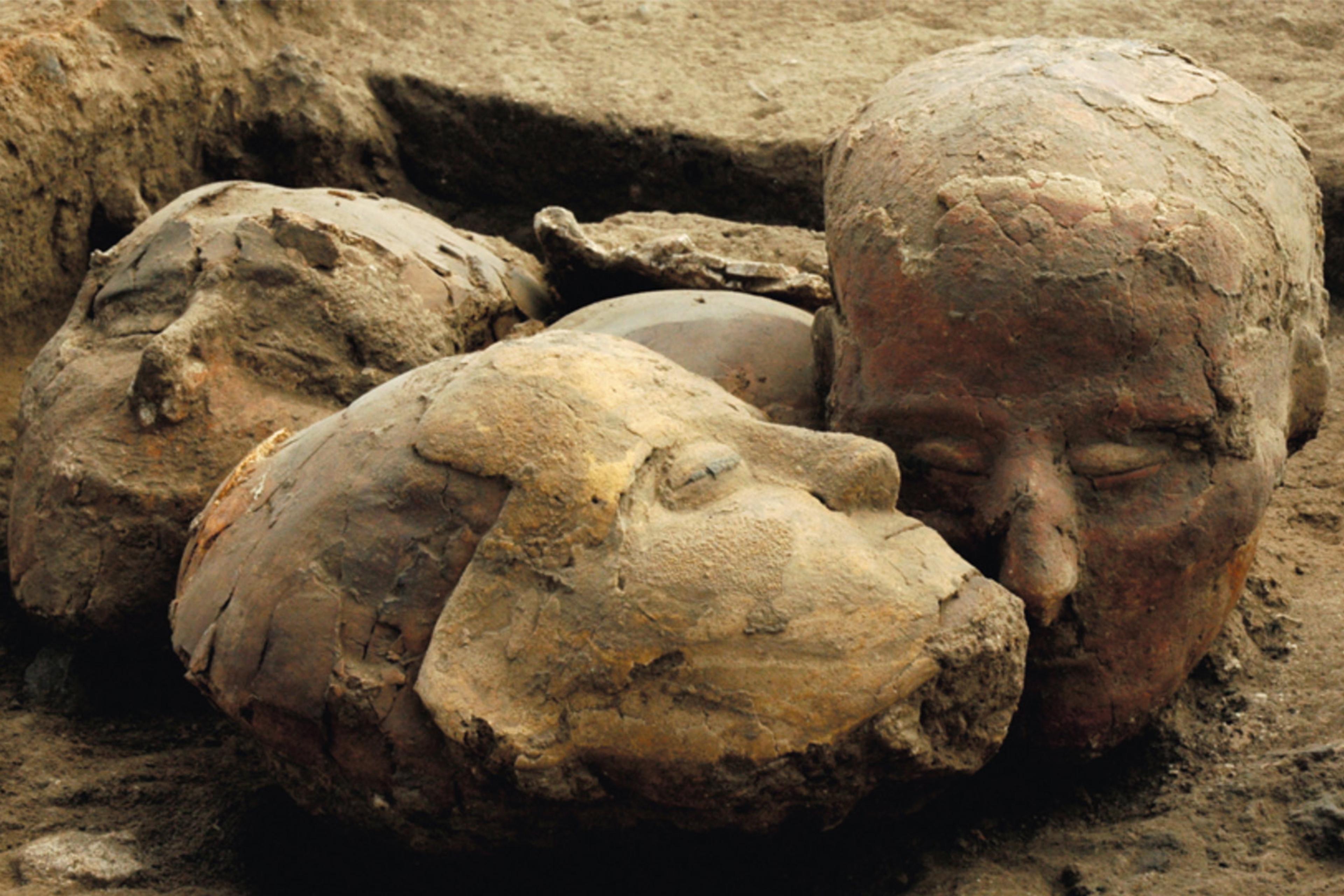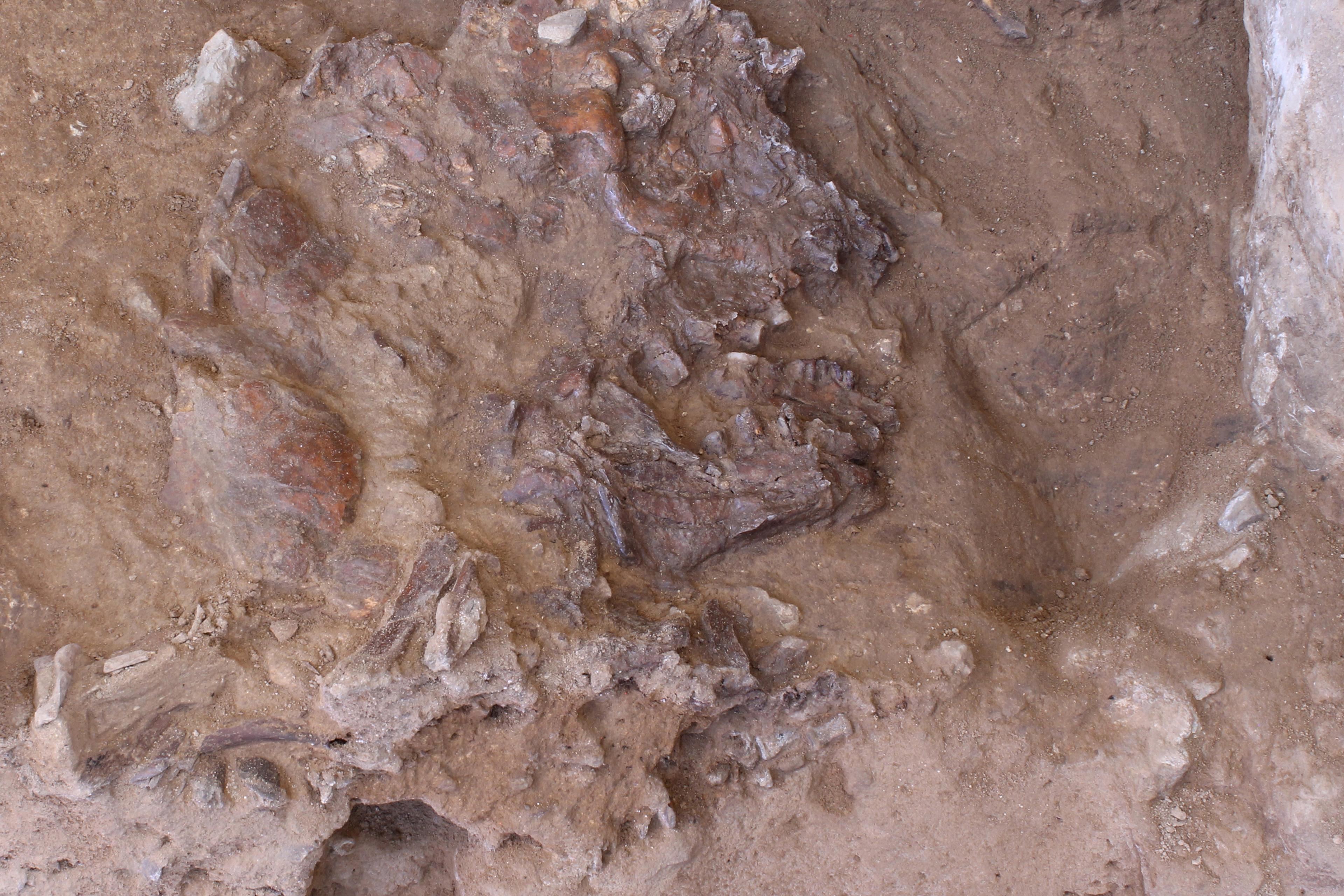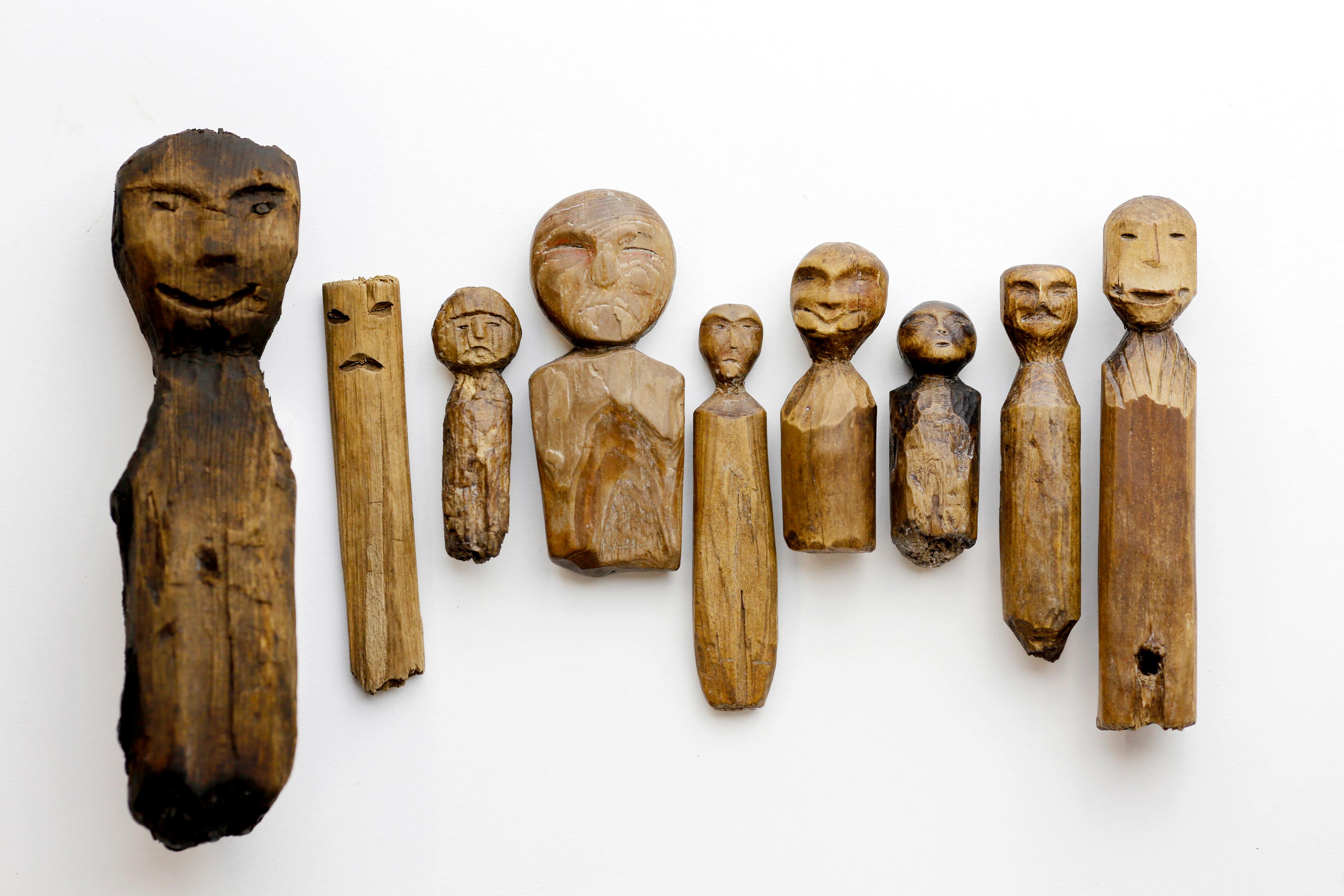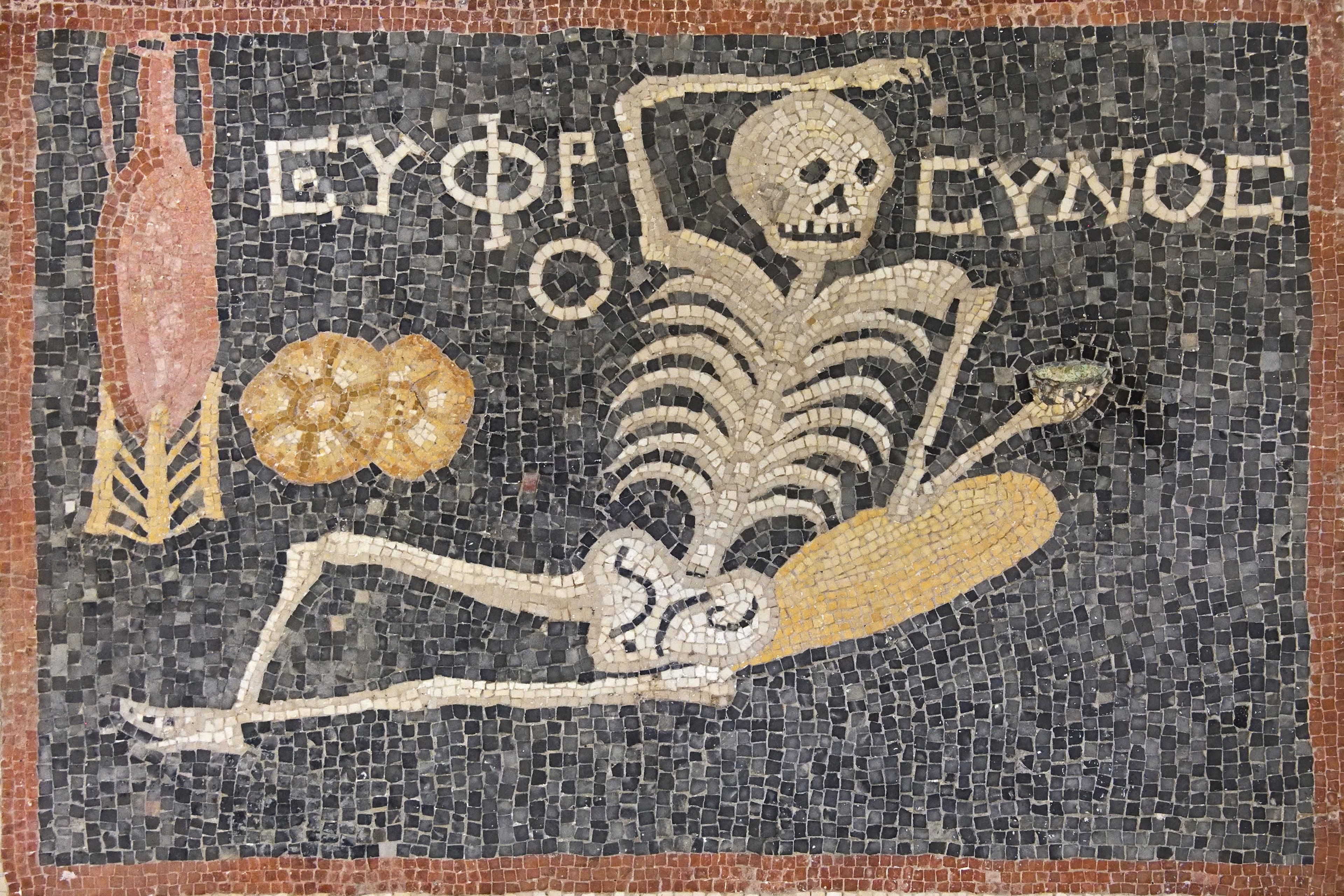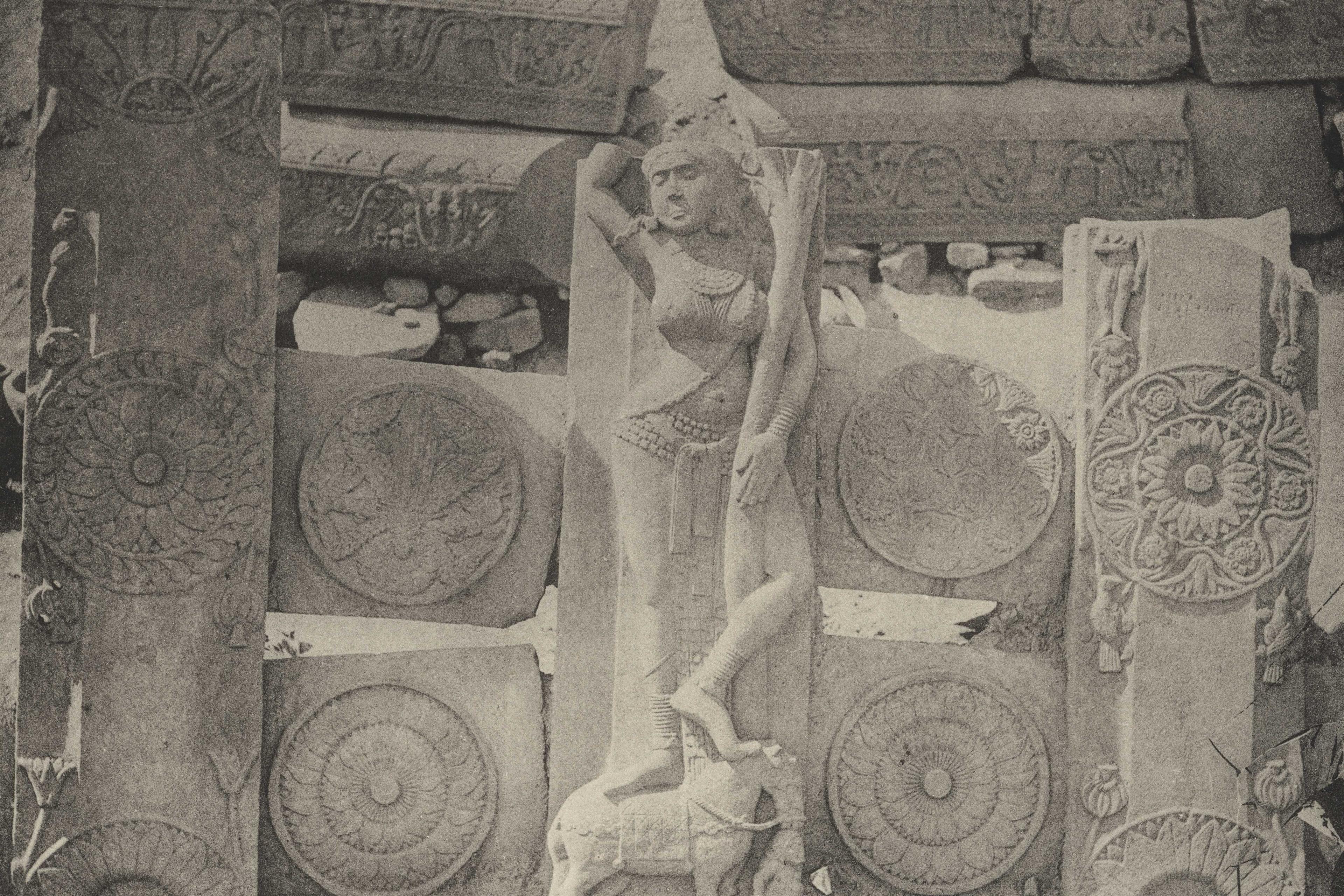I first spotted the graves while gazing out from a bus in Vietnam during the summer of 2023: two tombs, rectangular coffins of coloured marble, built above ground in the centre of town. As we continued, a pattern became clear: graves appeared in sets of two and three, dotting the rural landscape in the middle of rice fields and gardens.
On Coconut Land, which lies in the Mekong Delta about 85 kilometres west of Ho Chi Minh City, I saw more of these elevated ‘at-home’ tombs peeking out from the bushes and trees of fenced-in residential gardens. My tuk-tuk driver explained that burying the deceased in one’s home garden or field was customary in southern Vietnam.
The anthropologist Phạm Công Sơn explains that carrying out burial rituals properly is a final chance to fulfil responsibilities to the bereaved. It provides their family with both a sense of continuity and closure. Today, many Vietnamese families opt for simple ceremonies, but traditional Vietnamese funeral rites are elaborate. In these rituals, the deceased person’s sons, daughters and daughters-in-law wear coarse turbans and tunics, and hats woven from straw or dry banana fibre. They wash and dress the body. A chopstick is laid between the teeth of the deceased, while a pinch of rice and three coins are dropped into the mouth. Then the body is laid on a grass mat on the ground, enveloped in white cloth, and placed into a coffin. Finally, it is carried to the family’s chosen cemetery in a procession, and buried on a date chosen by the family.
Entombing bodies on family property is not a typical part of this procedure, though such tombs are widespread throughout the south. Nobody appears confident of the origins of or rationale for the practice. My tuk-tuk driver on Coconut Land claimed that it discourages people from selling land, allowing it to stay in one family for many generations. This would make sense in a communist country such as Vietnam, which does not allow its people to own land individually, but rather considers the land owned collectively and administers it on the people’s behalf. The driver was suggesting that burying ancestors at one’s home acts as a stamp of ownership in a country where no individual property ownership is possible, making the land less desirable to everybody besides the family occupying it.
A comment from the retired reporter T T Nhu, however, reveals that the elevated tombs of southern Vietnam long predate the country’s turn to communism. Of her grandparents being buried in their garden because of the fighting during the war, she explains: ‘This was not unusual in Hue – and surrounding areas where people were often buried in their fields to stay close to home.’ Nhu suspects that the tradition of communal cemetery burial began with the French, and that, before their colonisation, Vietnamese people were traditionally buried in rice fields or gardens at home.
In an article on death and dying in Vietnam, N D Son and G B Nga, both professors at Hanoi National University of Education, observe that sometimes coffins are temporarily buried in gardens to discourage thieves from stealing the valuables inside. They explain that virgin girls are often buried near the home to protect the virgin’s head, which some rural communities believe to be of value.
David Biggs, professor of Southeast Asian and environmental history at the University of California-Riverside, told me that: ‘This practice is very common in the Mekong Delta where families used to have more land, and buried deceased relatives in above-ground tombs like in New Orleans because of the high water table.’ Doing so keeps the tombs above annual floodwaters, but in Biggs’s observation, another reason people in the Mekong Delta elevate tombs is to provide a means of continuing to incorporate their ancestors into their daily lives. The impermeable surfaces of which the tombs are composed, such as ceramic tile, make for good spots to dry rice and other crops, and they are also cool spots for farmers to rest under the midday sun. In this, Biggs sees a parallel between Vietnamese culture and Mexican culture, and others, in which tombs form a common part of social life through practices like cleanings, commemorations, and sometimes even exhumations and reburials.
Elevated tombs in the gardens and fields of family homes in southern Vietnam are not just novel to me, but also to the northern Vietnamese. Human interest stories in the Vietnamese news abound with examples of journalists from the north who have travelled to the south to learn more about the unusual practice. A visitor to southern Vietnam from Hanoi, a northern city, describes a tour guide who explained to him that it’s not that the southern Vietnamese don’t believe in ghosts, but simply that they don’t fear them – at least not the ghosts of their own relatives. They believe that, by burying their dead within their gardens, the ghosts of their ancestors are always nearby, and can watch the activities of their grandchildren and great-grandchildren.
The same tour guide characterises the southern Vietnamese as envisioning their dead interacting with the living of their family. However, Biggs cautions against generalising about Vietnamese beliefs based on at-home burials, explaining that: ‘It’s kind of an outlier problem and might stem from the high cost of buying a cemetery plot and the lack of land as the city expands outward. These districts were, 15 years ago, rural countryside.’ While Biggs speculates that the practice is a result of urbanisation, the journalist Dang Tuyet Hiep conversely surmises that it was possible for such a tradition to develop in the south rather than in the north because southerners have historically lived in more rural territory, allowing them more land and space to be flexible with how they chose to bury their dead.
The practice may be old enough that collective memory of its origins has been lost
The pattern of Vietnamese media characterising elevated tombs on family property as a quaint southern practice, coupled with Biggs’s explanations, reinforce the claim I originally heard from my tuk-tuk driver that it is distinct to southern Vietnam. However, Nhu’s comment that her grandparents were buried in their garden in Hue, where it was common practice, suggests that it might be more widespread than just in southernmost Vietnam, since Hue is in the central part of the country.
As for the origins of the practice, scholars, journalists and locals cannot seem to agree. Altogether, the different theories I heard included: to keep land within the family; to protect coffins and bodies from destruction by flooding in areas with high water tables; to avoid travelling to bury the body during the Vietnam War; to protect the body; to allow ancestral spirits to be close to their living descendants; the high cost of buying a cemetery plot; the lack of available land as urbanisation grows; the excess of available land before urbanisation started to take over the south of the country; and that it was simply the traditional way of burial in Vietnam before French colonisation, when communal burial became popularised. One clear problem that emerges from reading all these hypotheses is that there is no consensus on when the practice began and how long it has been ongoing. I suspect that it is old enough that collective memory of its origins and the rationale for it has been lost, and all that is left are speculative theories for why it is done. I also suspect that there are no known written records documenting anything about the practice.
Still, elevated tombs in people’s gardens and fields exist, giving rise to myriad theories for their presence but confirming none, allowing themselves to be shrouded in mystery. The silence of the graves on this matter makes them only more intriguing in the fields and rolling hills of southern Vietnam.
